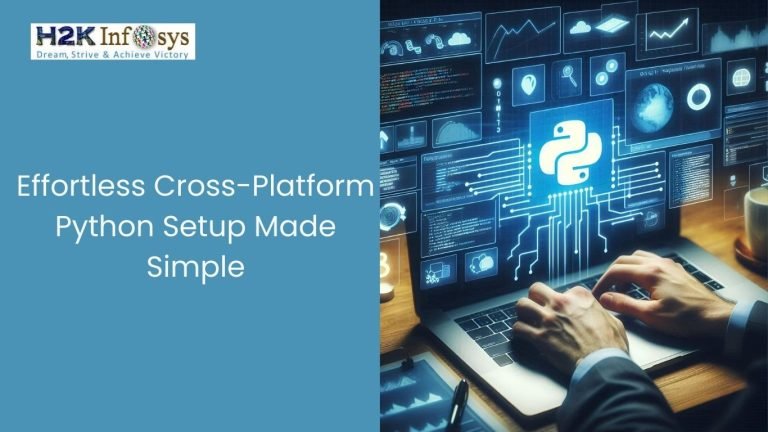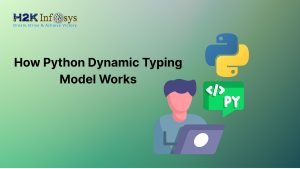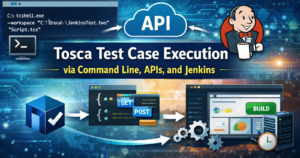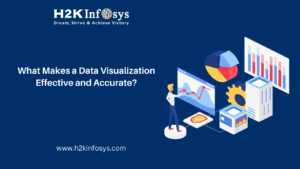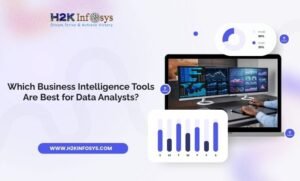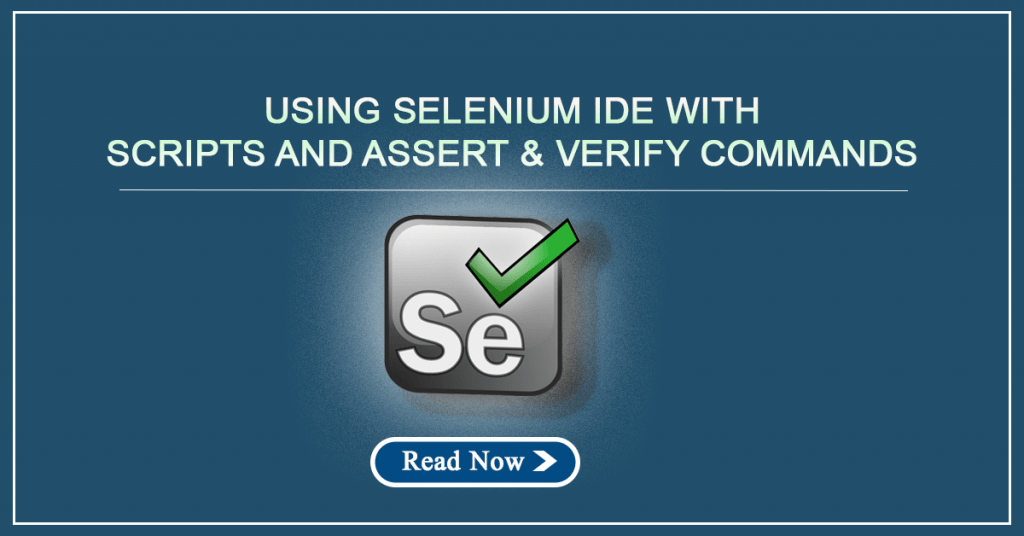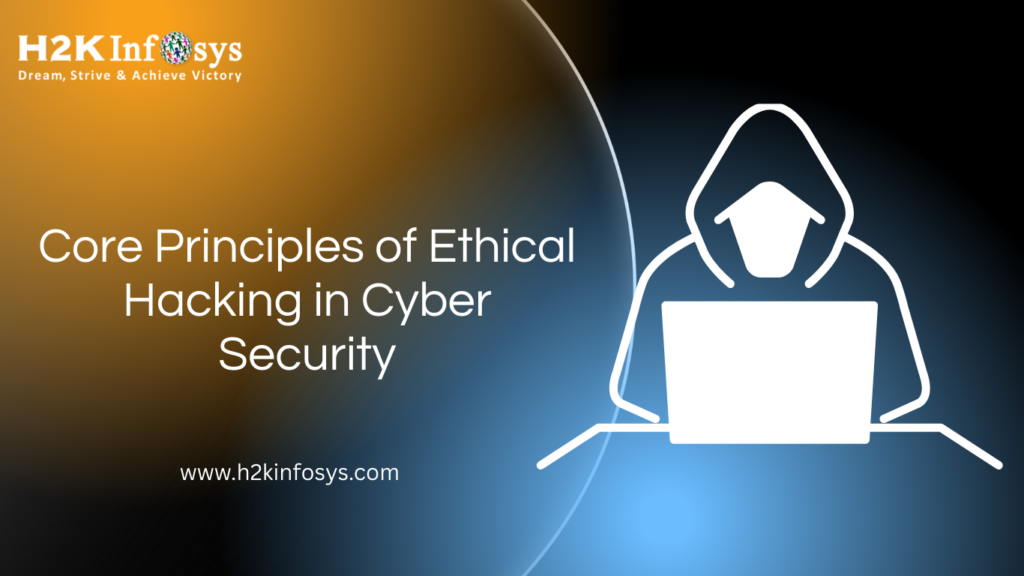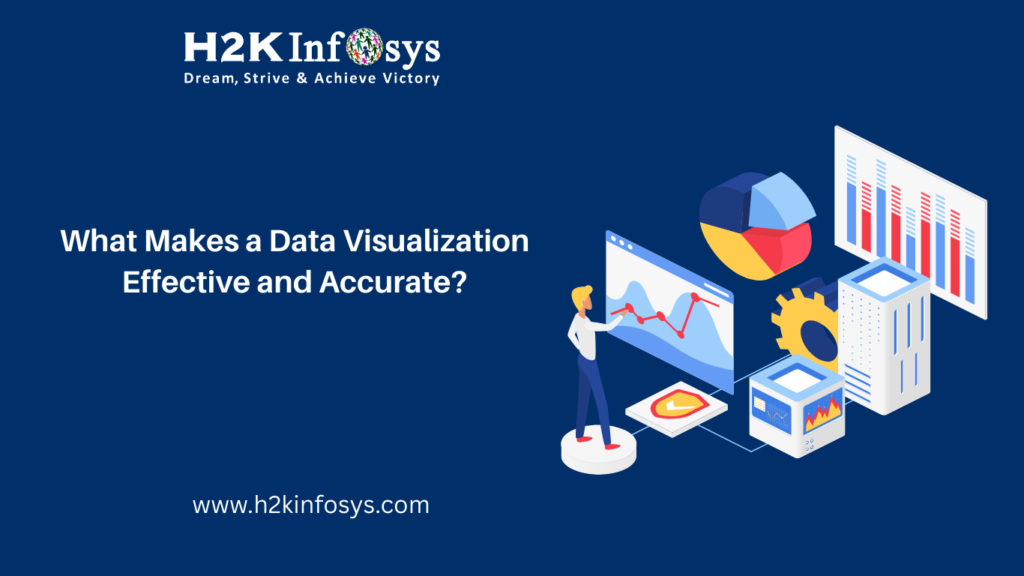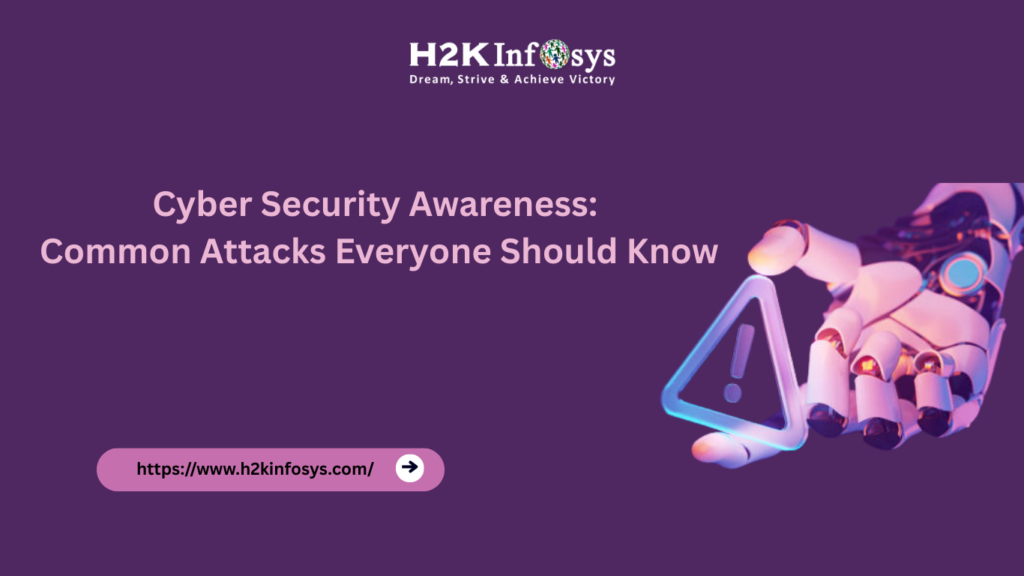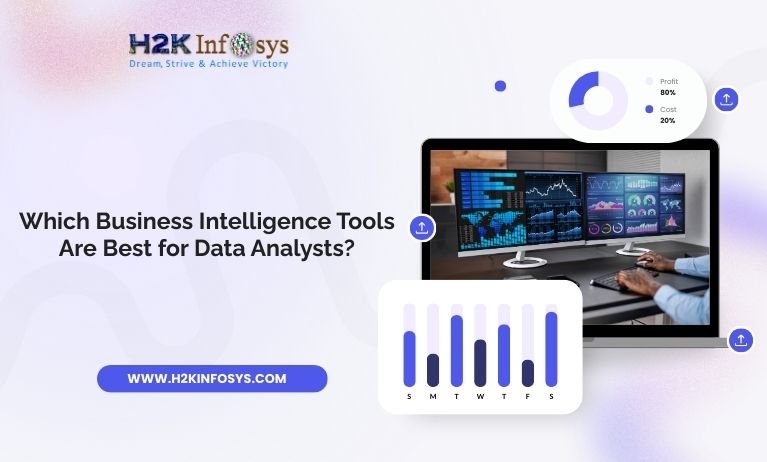Introduction: Why Python Setup is the First Step to AI Success
If you’re aiming to become a Python full stack developer or master AI programming with Python, your first step is getting your Python setup right and doing it in a way that works across platforms.
A poorly configured development environment can waste hours of your time, cause version conflicts, and break your AI or web projects before they even start. In contrast, a streamlined, cross-platform Python setup ensures you can code anytime, anywhere, without worrying about operating system restrictions.
This blog will walk you through step-by-step instructions for a clean, efficient Python setup, with real-world examples from AI, web development, and automation projects. By the end, you’ll be ready to start writing AI code in Python, integrate databases, build front-end and back-end systems, and even deploy AI models all from one well-configured environment.
1. Why a Good Python Setup Matters for AI and Full Stack Development
Before you write your first AI model or launch a web app, your environment must be ready. Here’s why:
- Consistency: A reliable Python setup ensures your code works on Windows, macOS, and Linux without rewriting it.
- Productivity: You avoid wasting time fixing dependency issues when you can focus on actual AI programming with Python.
- Scalability: From a personal laptop to a cloud server, the same setup helps you scale projects easily.
Example:
Imagine you’re building a customer support chatbot using AI code in Python. If your Python environment isn’t properly set up, your Natural Language Processing library might fail due to missing dependencies. With a correct cross-platform Python setup, the installation would be seamless, and your AI chatbot could be ready in hours instead of days.
2. Core Components of a Cross-Platform Python Setup
To achieve a smooth, universal Python setup, you need the right tools and configurations:
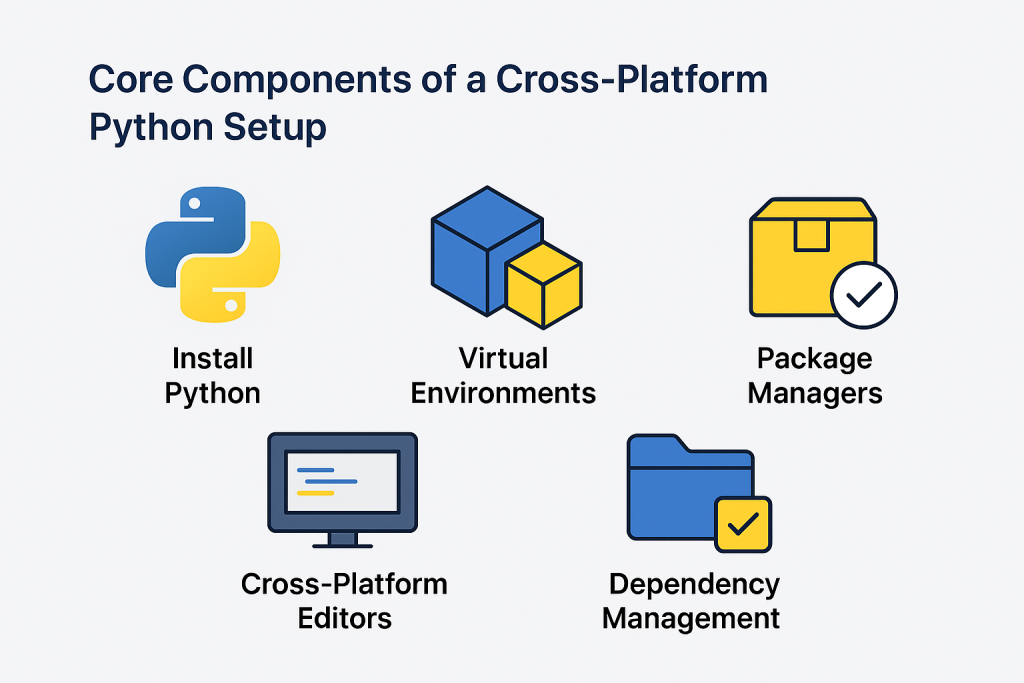
a) Install Python (Latest Stable Version)
- Always use the latest stable Python version to ensure compatibility with modern AI frameworks like TensorFlow or PyTorch.
- Keep older versions isolated using virtual environments.
b) Virtual Environments
- Create isolated spaces for each project using
venvorvirtualenv. - Prevents conflicts between packages in different projects.
bashpython -m venv myenv
source myenv/bin/activate # macOS/Linux
myenv\Scripts\activate # Windows
c) Package Managers
- Use
pipfor general Python packages. - Keep
pipupdated to the latest version for security and performance.
d) Cross-Platform Editors
- Use editors like VS Code that work the same way across operating systems.
e) Dependency Management
- Save dependencies in a
requirements.txtfile to recreate the environment anywhere.
3. Step-by-Step Guide to Cross-Platform Python Setup
Let’s create a Python setup that works seamlessly on Windows, macOS, and Linux:
Step 1: Install Python
- Download the latest stable version from the official Python website.
- During installation on Windows, check the box that says “Add Python to PATH.”
Step 2: Verify Installation
Run:
bashpython --version
pip --version
This ensures Python pip is correctly installed.
Step 3: Create Virtual Environments
For each project, create a new environment:
bashCopyEditpython -m venv env_name
Step 4: Install Required Packages
For AI projects:
bashpip install numpy pandas tensorflow scikit-learn
For full stack web projects:
bashpip install flask django
Step 5: Save Dependencies
bashpip freeze > requirements.txt
Step 6: Reproduce Environment on Any Platform
On another machine:
bashpip install -r requirements.txt
4. Python Setup for AI Projects
When working on AI programming with Python, setup mistakes can be costly. AI libraries often have dependencies that vary by OS, so your Python setup must handle them efficiently.
Example:
If you’re creating an image recognition model:
- Install TensorFlow or PyTorch, depending on your preference.
- Set up GPU support if available to speed up training.
- Ensure you have supporting libraries like
opencv-pythonfor image processing.
AI-specific Setup Tips:
- Keep your AI packages updated, but test before upgrading on production projects.
- Use virtual environments to separate AI and non-AI projects.
5. Python Setup for Full Stack Development
A Python full stack developer needs an environment ready for both front-end and back-end development.

Setup Essentials:
- Backend: Flask or Django with a database like MySQL or PostgreSQL.
- Frontend Integration: Install
jinja2for template rendering or set up React/Angular separately. - API Development: Use
flask-restfulor Django REST framework.
Example Project:
A web application that uses AI code in Python to recommend products based on user history:
- Backend: Django + AI model.
- Frontend: HTML/CSS/JavaScript.
- Database: PostgreSQL.
6. Common Python Setup Mistakes and How to Avoid Them
- Not using virtual environments → Leads to dependency conflicts.
- Forgetting to update
pip→ Security risks. - Installing packages globally → Breaks system Python.
- Not documenting dependencies → Makes projects hard to share.
7. Real-World Applications of a Solid Python Setup
- AI-Powered Chatbots → Faster setup means faster deployment.
- Data Analysis Dashboards → Seamless package management keeps analytics tools stable.
- Full Stack Web Apps → Easy integration between AI and backend services.
- Automation Scripts → Run without platform-specific bugs.
8. How H2K Infosys Helps You Master Python Setup and AI Development
In our AI Powered Full Stack Python Mastery Training, we cover:
- Python setup for any operating system.
- AI model building with Python from scratch.
- Front-end + back-end integration for real-world projects.
- Deployment of AI projects in production.
- Hands-on mentorship and AI Python certification preparation.
You’ll not only learn to configure Python for AI, web, and automation projects but also practice building and deploying your systems.
Key Takeaways
- A clean Python setup is the foundation for AI, web, and automation success.
- Cross-platform compatibility saves time and prevents code failures.
- Virtual environments, package managers, and dependency tracking are essential tools.
- H2K Infosys equips you with skills to be a Python full stack developer ready for AI projects.
Conclusion
Your journey to mastering AI programming with Python begins with one essential step a reliable, cross-platform Python setup. With H2K Infosys, you’ll learn the complete process, from setup to building and deploying real-world AI and web applications.
Enroll today in our AI Powered Full Stack Python Mastery Training and start building your AI career with confidence.
